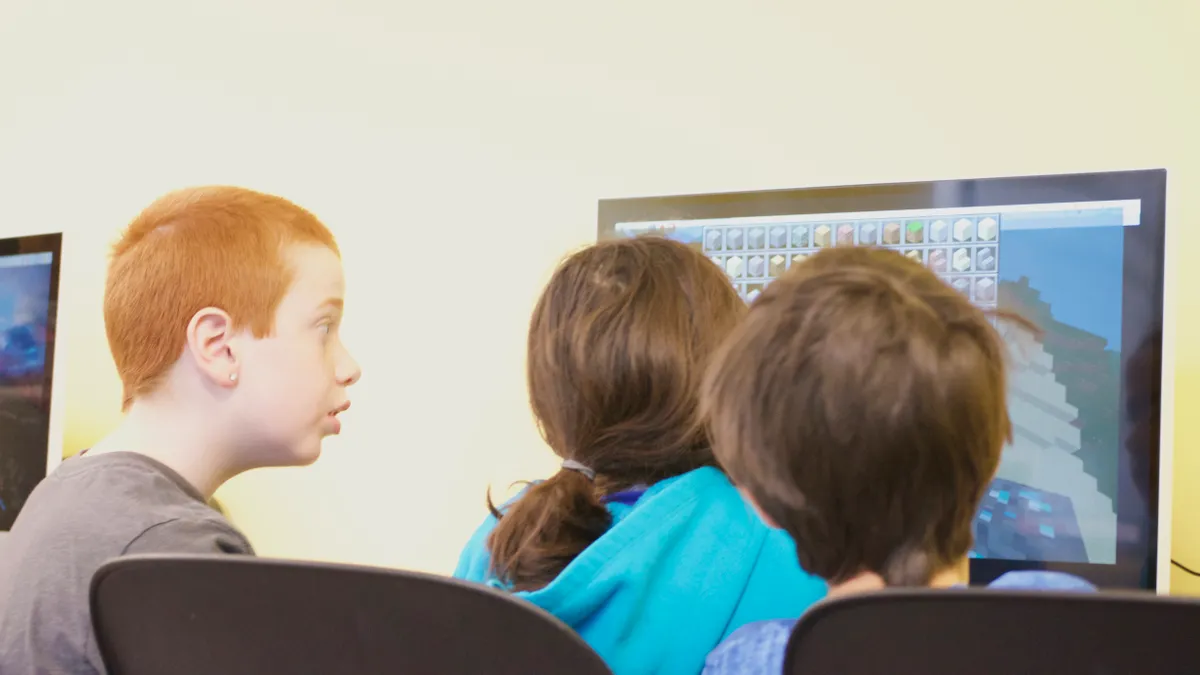Dive Brief:
- Classroom teachers are increasingly adopting online gaming tools, from avatars to rewards, finding students focus more on their assignments. In fact, almost 60% of teachers are using gaming techniques in their class, up from 23% in 2010, according to the Speak Up survey from Project Tomorrow.
- Also known as gamification, this style of teaching lends itself to more collaborative work, according to The Hechinger Report, while freeing educators to give more individual support to students during class time.
- Using digital games appeals to a wider group of students, particularly those who don’t respond to traditional, lecture-styled classrooms.
Dive Insight:
Educators are eager to scaffold students, no matter their learning style. Some children respond well to lectures, some not so much — and many need added guidance before they can graduate to the next level. Online games put learning into the hands of students, allowing them to move ahead as they’re comfortable. Facts are embedded in a way that feels like play, with rewards intertwined into lessons, further motivating students to learn, as a paper from West Point’s Center for Faculty Excellence reported in 2016.
For students who master their work quickly, the path is open to jump to new material. Teachers who use gamification report they also have more time to work with those students who need additional handholding with material. Gaming tools are already woven into some ed tech platforms, as Education Dive reported last year, letting teachers run instant polls and even award badges as children "level up."
Online games certainly may not work for every class, nor every school. But giving teachers more freedom to adopt digital tools — whether that’s online gaming or even texting — can help them better connect with students. The goal, after all, is to help children see that learning can be a thrilling and rewarding experience.





 Dive Awards
Dive Awards






